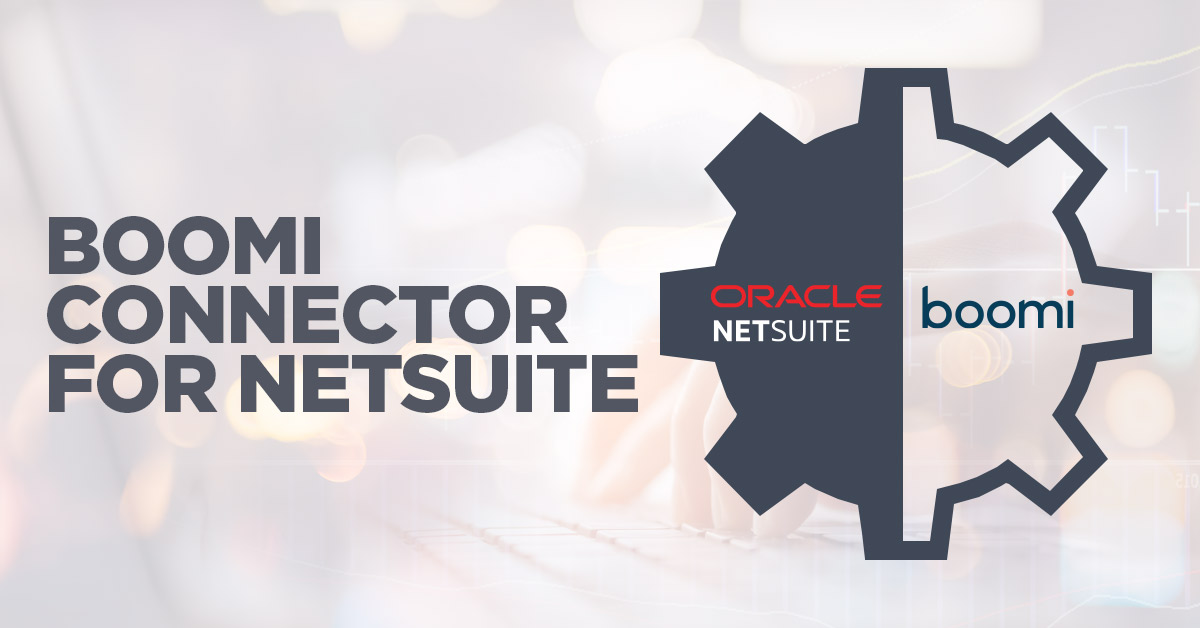(4 Min Read)
Calculating The True Cost of A System
When you’re looking at putting in place new systems that will impact the core of your business, choosing the right one has always been a key factor for your long term success. It is, after all, a large investment to make, whether it's a new CRM, Accounting system, Marketing platform or a warehouse management system.
You’re not just looking at the price tag, but the overall labor investment.
You will need to train your team on the new software, transfer your data, change your processes - and if everything goes right, start to reap the business benefits of your new system.
Request More Info From an Expert
For these reasons, you’re likely asking yourself what’s better - One uniform system with the same user interface and everything already connected,
or
One specialized system for each need or department, integrated in a cohesive way.
So, let's start!
How to Choose Your ERP / CRM / WMS: Addressing The Core Issues
Before I dive in, l want to start with a bit of history.
If we look at the past of business technology and most system applications like ERP (enterprise resource planning system), CRM, WMS, Marketing applications and more - and I mean pre-cloud - picking your business systems (irrespectively if you went for one integrated system or best of breed) was a massive endeavor. Especially in terms of the software dependency on hardware components– it wasn’t easy to set up.
Even today, a lot of businesses around the world are still dealing with on-premise systems that require constant physical maintenance, a high level of upkeep and their own around-the-clock staff.
After months of a careful selection process, you had to buy the hardware and software, most of it from different vendors, and hire your around-the-clock team to build and operate it.
When you wanted to pick a new component, a best of breed CRM, for example, you had to consider whether or not it would work with your existing technology stack.
Facing this challenge, many businesses developed their own hodgepodge of custom systems to handle everything from their financials and customer support to warehouse management, inventory tracking, and so on. At the time, IT departments saw this as the best way to guarantee flexibility for their company’s requirements.
The problem with both approaches is that you end up with all these tightly integrated tools that constantly need updating and develop dependencies on pieces of hardware and software that are no longer supported.
In my book, I call this cycle the CIO’s wheel of death.
With the advent of high-speed internet, a new way to consume processing power became available, with Amazon leading the pack followed by Google and Microsoft shortly after.
What we call the cloud today offers the possibility to use business systems without having to worry about the hardware and software components. We call this model software as a service (or SAAS).
What You Need to Know When Choosing Your ERP or CRM:
Let's dive into our question:
Should I choose an Integrated system, or multiple best of breed applications?
My short answer today is you can have both. Yes. you can have your cake and eat it too! How? Shortly put, go the software as a service (SAAS) route.
Over the years, to survive in a market in constant evolution, most cloud applications have been built to play nice with each other. For example, consider how Slack integrates with Zoom and Google Calendar, so you have this streamlined communication across your office suite. Connecting your systems is simply making it easier for companies to have the best of breed ERP software they want with an integrated CRM without settling for one best of breed application over another.
Whereas, before, businesses would have to connect everything locally in their own data center, now you have vendors offering cloud-integrated platforms that can help fully meet their list of business requirements.
Here is a common use case:
A company starts to replace their accounting software with a Cloud ERP System like NetSuite. The first phase of the project usually focuses on the main revenue generating processes of the company, aka the ones that the old system broke.
Depending on their business model, the company uses the integrated ERP system for most of its out of the box modules

(for example, everything financials), and uses another specialized system (like a specific CRM or Marketing platform, Warehouse management software, etc) for the aspect of their business that makes them special - their differentiator.
Examples of this specialized system could include a billing platform to handle their complex billing rules or a web store platform if they’re eCommerce. Of course, these third-party applications are always industry-specific. If that’s the case, you can even find a single vendor with experience across all systems to help guide you from your buyer process to the implementation of your core platform, all the way to ensuring your integrations are fully streamlined.
Another situation that’s common to see is a company with an existing Cloud application, customized over the span of years that they don’t want to let go of for an all-in-one. You don’t have to, if truth be told - by going cloud, you should be able to integrate it with your new ERP.
Are You looking into an integration project to connect your systems with a core ERP?
Take a look at our guide on integrating your business systems using a middleware like Dell Boomi
Are you interested in learning more about NetSuite ERP?
Build & Price your NetSuite package using our online pricer.
For more videos and articles, be sure to subscribe to our newsletter here.
